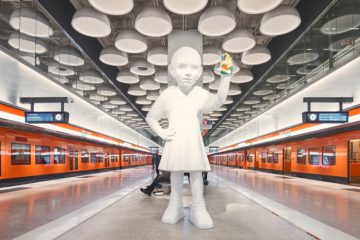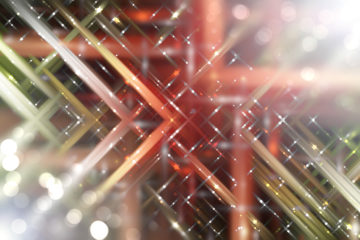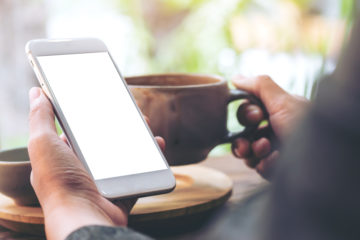Sensory experiences are the key to developing customer relationships. That is why the future servicescapes are developed and researched today with sensory-stimulating technologies.
Sensory experiences are a great opportunity to increase the perceived customer value by deepening the relation that customers or visitors have with a brand. Nearly all brand communication is done through two senses: seeing and hearing. This is in contrast with the fact that 75 percent of emotions are generated by what the consumer smell. The more emotions are involved, the stronger the emotional connection to the product or service. Widening the sensory experience in a shopping centre or a restaurant, for instance, stimulates emotions and leads to a desired response from the consumer.
The Box is a project that explores and develops servicescapes with different sensory stimuli. Examples of such technologies include high-definition projection and 3D spatial image mapping, immersive soundscapes, and scents. Simulations such as the hotel room of the future, Virtual Starbucks, Mixed Reality Santa Claus or Sensation dinner provide a vision of the possibilities of mixed reality environments.
The aim is to create a commercial, multisensory “walk-in mixed reality environment”, where disruptive headsets or goggles are not necessarily needed. Panoramic images from any location around the world can be projected on the walls and everything in the environmental ambience can be programmed.
The Natural History Museum in London now provides vr content of nine exhibitions with over 300,000 digital specimens.
Animals in their natural habitat
Zoo is a servicescape that has stayed unchanged for centuries. The Box research project took on to explore how the zoo experience could be enhanced virtually. During summer 2016, a virtual zoo was built in Hotel Mesikämmen in co-operation with Ähtäri Zoo. Ähtäri is situated in middle of Finland and easily accessible to Finnish and international visitors.
With wall-to-wall video projections of animals in their natural habitat, 360 VR footage of snow leopards and little pandas, and detailed infotainment on a touchscreen, the visitors could get a closer look at the wildlife and, most of all, learn new things in an entertaining way. The Virtual Zoo is evolving in many ways, and the best practices of the pilot will be introduced to the public in 2017.
This is part of the cultural phenomena where things and areas previously strictly unapproachable are now transformed so that they are open to everybody everywhere. VR and AR technology, goggles, and internet are like an all-access pass to a festival of museums, national parks, streets of ancient Rome etc. For instance, the Natural History Museum in London now provides VR content of nine exhibitions with over 300,000 digital specimens. One can meet a seven-meter-long predator reptile called the Rhomaleosaurus – which died out over 175 million years ago!
Another area that has a lot of potential is the food service industry. The Box project visited a culinary festival for professionals in Estonia in September 2016. Providing the scenery, scents and sounds for culinary master classes and the Sensation Dinner, the professionals of the Box project immersed guests in the storyline and an ingenious culinary journey. The feedback from the international culinary artists and the 400 visitors was promising, and plans are already being made for similar dinners around the world.
Test ground for all senses
While visiting the industry locations, the Box simulation room at Haaga-Helia’s Haaga Campus has also been utilised in many ways by the research team and Haaga-Helia students. Built for rapid prototyping and research purposes, the Haaga Box serves as a showroom and a test ground for projects outside Haaga Campus.
So far, the Haaga Box has been turned into a Pirates of the Caribbean theme bar, Venetian Piadina sandwich parlour and a Vietnamese Street Food Kitchen serving Pho soup for 250 hospitality and food service managers. It has also served as a place for a white wedding, sauna experience and travel agency.
Besides increasing our understanding on how to build more multi-sensory and immersive services in the future, the Box also helps companies improve their customer experience. The project team will keep on searching for the best solutions for the industry by finding alternative ways to enrich the customer experience with multi-sensory stimuli.
*SERVICESCAPE is a concept describing the effect of the physical environment in which a service takes place. Introduced in 1981 by Booms and Bitner, who defined a servicescape as ”the environment in which the service is assembled and in which the seller and customer interact, combined with tangible commodities that facilitate performance or communication of the service”. Booms, BH; Bitner, MJ (1981). ”Marketing strategies and organisation structures for service firms”. Donnelly, J; George, WR. Marketing of Services. Chicago. American Marketing Association.
Text Eeva Puhakainen The Box, Project Communication
Photos Haaga-Helia
The text was first published in the Haaga-Helia stakeholder magazine Signals.



